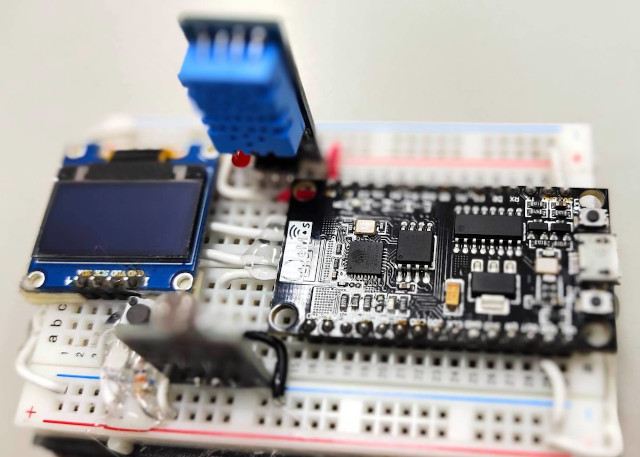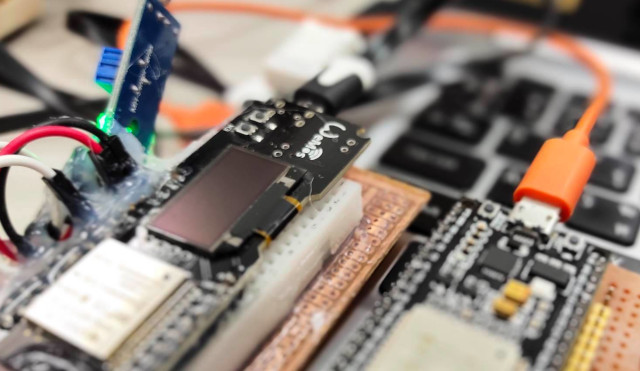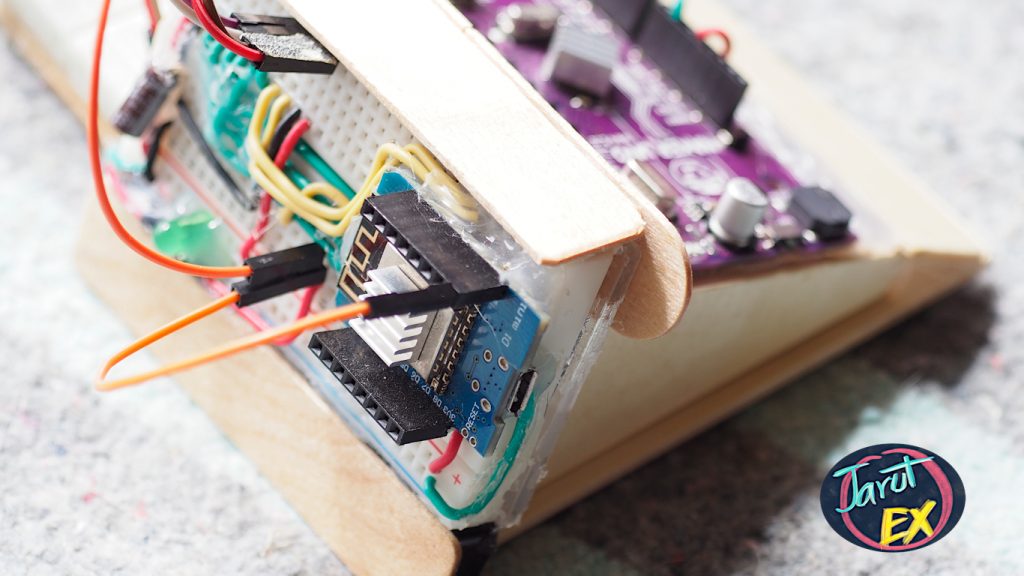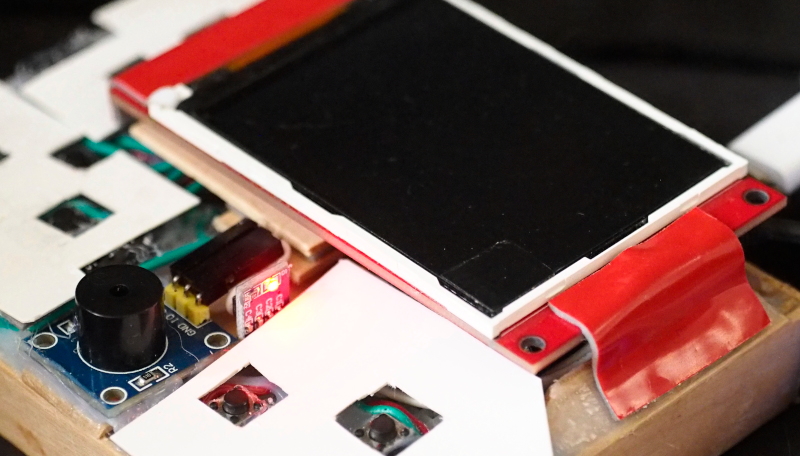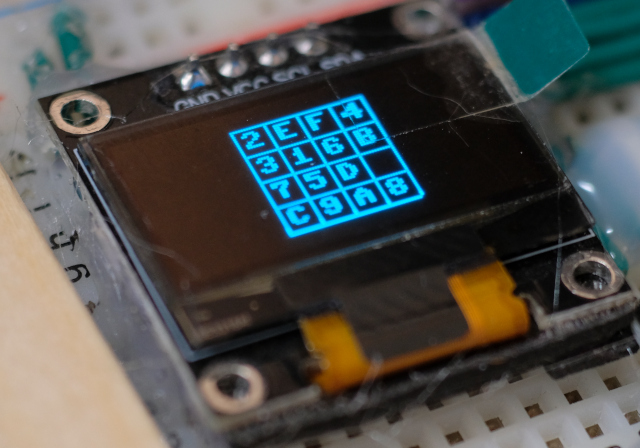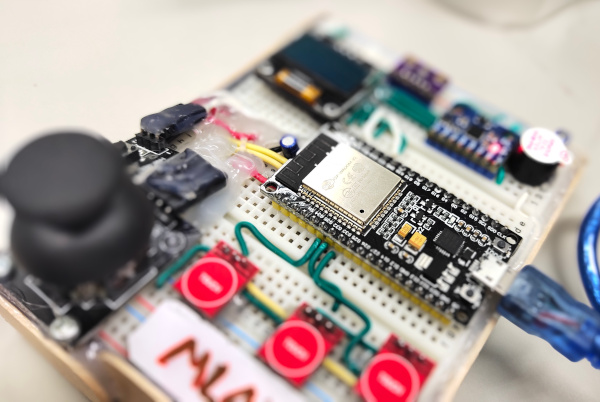[EN] Collecting flags in a maze
This article is an example of writing a game. Move the character to walk in the maze to collect flags that are randomly positioned as shown in Figure 1, where the character will walk in the specified channel and can’t penetrate the wall. With a warning sound when trying to walk in an impossible location and when walking in any direction will change the image of the character to turn the face to that direction. In addition, pressing A will randomize the position of the new flag, pressing B will randomize the player’s position, and pressing D will exit the program. The board for use is still dCoreML4M as before, let’s get started.

